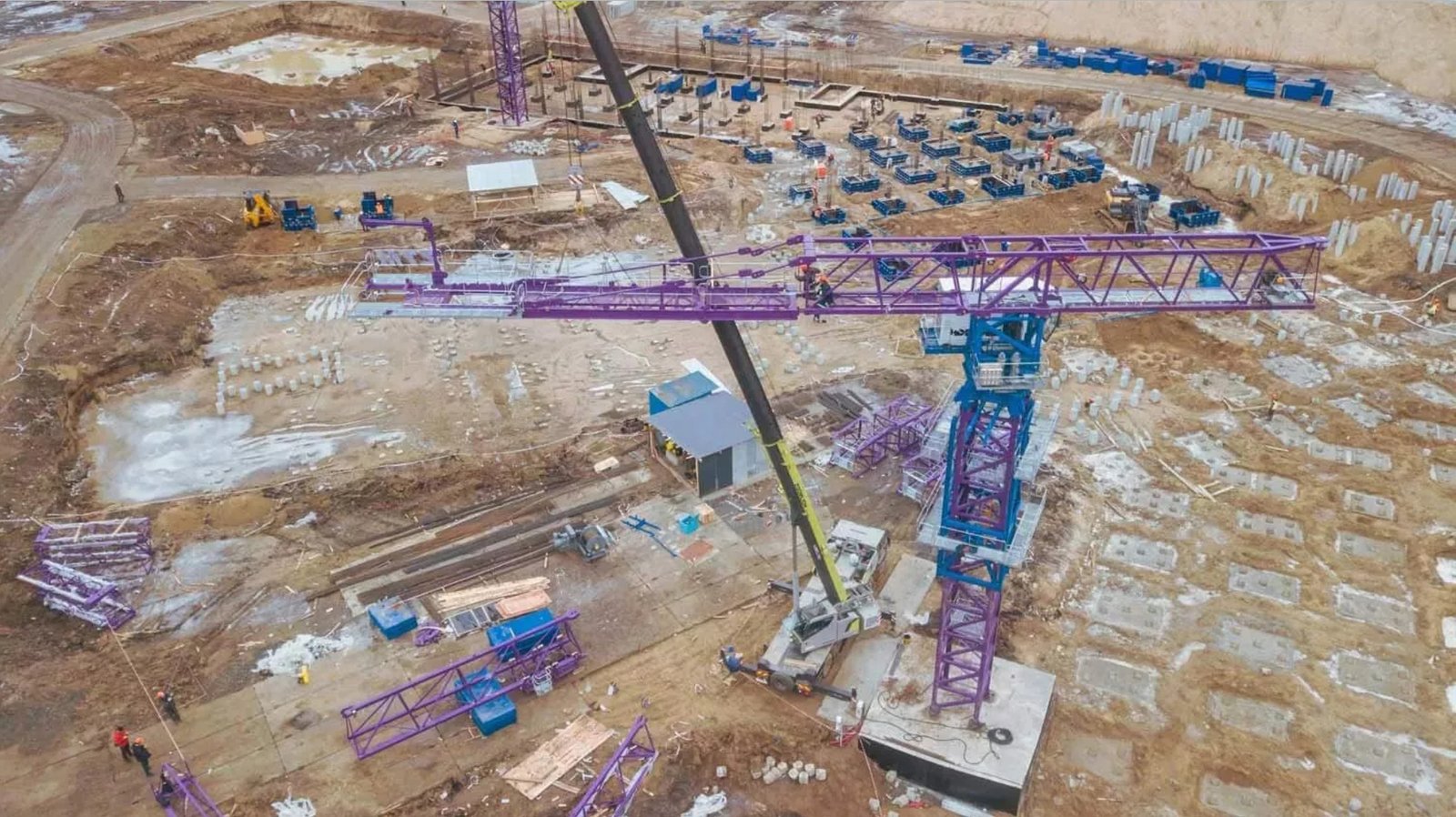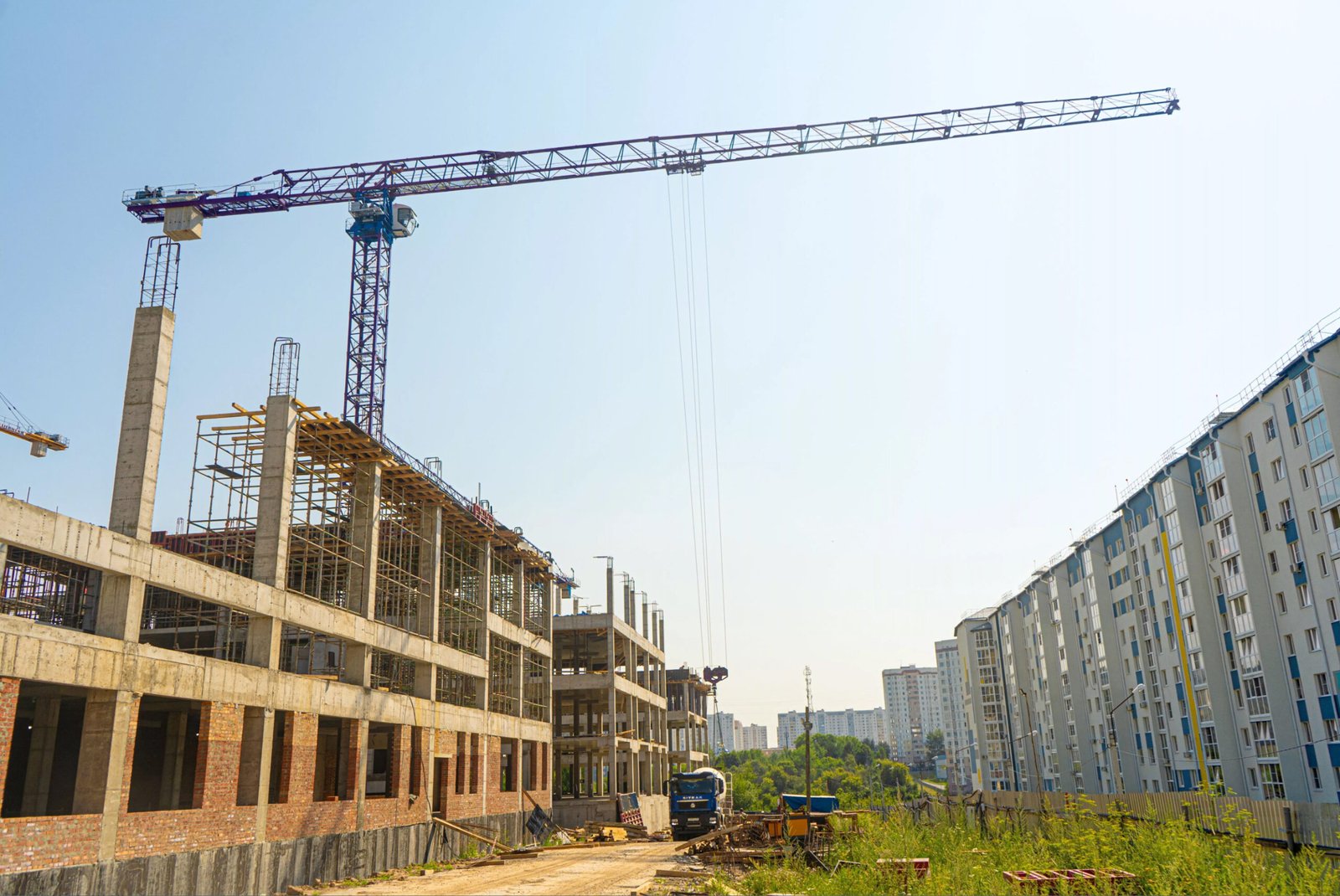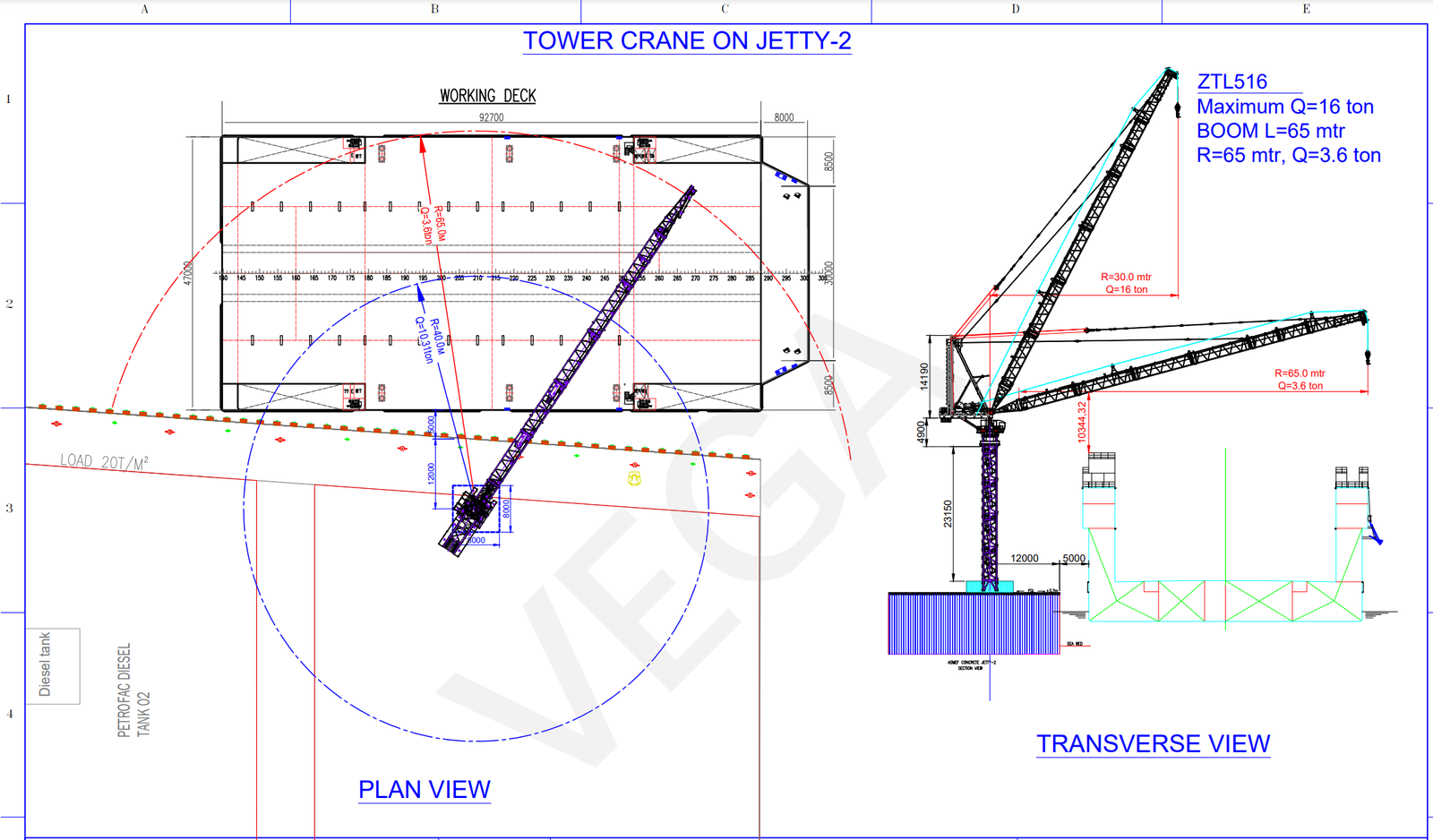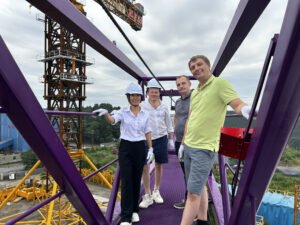
When managing a construction project, the selection of the right tower crane is critical to both project efficiency and overall costs. For procurement managers and crane rental company owners, understanding the key factors that determine the performance, safety, and cost-effectiveness of tower cranes is crucial. In this article, I’ll focus on what truly matters when selecting a tower crane for construction.
1. Load Capacity: Ensure Efficient Material Handling

The load capacity1 of a tower crane directly impacts its ability to handle the heavy lifting tasks typical on construction sites. This is the first specification procurement teams focus on when choosing a crane for a project. Whether you’re dealing with heavy steel, concrete panels, or large equipment, selecting the right crane with sufficient load capacity1 is essential to avoid delays and accidents.
Why It Matters:
- Material Weight: Heavy-duty materials require cranes with high load capacities. If the crane can’t lift the required weight, it will cause delays and could be unsafe.
- Project Efficiency: A crane with the right load capacity1 handles materials efficiently, reducing the need for multiple lifts, thus speeding up operations.
- Safety Concerns: Overloading a crane can lead to accidents, equipment failure, and safety risks. Ensuring you have the right crane capacity prevents such issues.
| Key Consideration | Impact | Project Benefit |
|---|---|---|
| Load Capacity | Determines the weight the crane can safely lift | Ensures smooth operations and safe material handling |
Make sure to choose a crane with a load capacity1 that can comfortably handle your heaviest materials and equipment.
2. Reach and Jib Length: Maximize Crane Efficiency

The reach and jib length of a tower crane determine how far it can extend horizontally. A crane with a longer jib can cover a larger area, making it ideal for large construction sites. This is an important factor, especially for sites with limited space, as the crane needs to efficiently handle material placement from various points without frequent repositioning.
Why It Matters:
- Covering a Larger Area: A longer jib reduces the need for multiple cranes on-site, improving project efficiency and lowering rental costs.
- Site Constraints: On sites with space limitations, having a crane that can reach far with a single setup is more efficient than constantly moving the crane.
- Operational Costs: A crane with a better reach can help reduce equipment costs by performing more tasks with fewer machines.
| Key Consideration | Impact | Project Benefit |
|---|---|---|
| Jib Length | Determines the horizontal reach of the crane | Reduces crane repositioning and improves operational efficiency |
Choose a tower crane with the appropriate jib length that matches the size and layout of your construction site.
3. Free Standing Height: Key for High-Rise Projects

For tall buildings or high-rise projects, free standing height2 is a critical factor to consider. The higher the free standing height2, the more floors a crane can serve without needing additional support or base foundations. This can significantly save on project costs and improve crane efficiency on site.
Why It Matters:
- High-Rise Construction: The taller your building, the more you’ll need a crane that can reach higher without additional repositioning or setup.
- Cost Efficiency: Higher free standing height2s often eliminate the need for extra foundation work or tower extensions.
- Safety: Fewer adjustments to crane height reduce the risk of accidents during repositioning.
| Key Consideration | Impact | Project Benefit |
|---|---|---|
| Free Standing Height | Reduces the need for additional foundation and height adjustments | Saves on foundation costs, and increases crane efficiency |
Make sure the free standing height2 fits your project’s needs for taller structures to avoid costly setup changes.
4. Foundation Requirements: Minimize Setup Costs

The foundation of a tower crane is crucial in ensuring its stability during operation. The type and complexity of the foundation needed depend on the crane’s design and weight. Projects with soft soil or limited foundation space require careful selection of cranes with specific foundation requirements.
Why It Matters:
- Cost of Setup: Some cranes require complicated foundations or larger base areas, which can increase initial project costs.
- Stability and Safety: A solid foundation is vital for crane stability, especially when lifting heavy materials at height.
- Soil Conditions: Understanding your site’s soil conditions is necessary for determining the crane that will be most stable without excessive foundation work.
| Key Consideration | Impact | Project Benefit |
|---|---|---|
| Foundation Requirements | Defines the type of base needed to support the crane | Avoids delays and high foundation costs |
Choose cranes with manageable foundation requirements that align with your site’s soil conditions and budget.
5. Maintenance and Operational Support: Ensure Long-Term Performance

After the crane is selected and installed, maintenance plays a major role in keeping the machine running smoothly throughout the construction process. A well-maintained crane is less likely to face unexpected breakdowns, which can cause significant delays. Ensure you select a manufacturer that offers good service and easy access to spare parts.
Why It Matters:
- Uninterrupted Work: Regular maintenance ensures that cranes remain operational, minimizing downtime during critical phases of construction.
- Cost Efficiency: Cranes that are well-maintained have a longer service life, reducing the frequency of expensive repairs or replacements.
- After-Sales Support: Access to fast and reliable service after the crane is deployed ensures that any operational issues are resolved quickly, avoiding project delays.
| Key Consideration | Impact | Project Benefit |
|---|---|---|
| Maintenance Support | Availability of support services and spare parts | Keeps the crane in operational condition, reducing downtime |
Opt for tower cranes from manufacturers known for strong maintenance and support services to ensure smooth operations throughout your project.
6. Crane Cost vs. Project Budget: Balancing Value with Price

Finally, cost is always a determining factor. While it’s tempting to select the cheapest crane available, the best choice is the one that offers the most value. For construction projects, balancing the cost of the crane with its features, such as load capacity1, height, and support, is crucial to meeting your budget and project timelines.
Why It Matters:
- Initial Investment: A crane that is too inexpensive might compromise on essential features, costing you more in operational delays.
- Long-Term Savings: Investing in a slightly higher-priced crane that offers better performance and reliability may result in significant savings over time by reducing downtime and maintenance needs.
- Operational Budget: Look beyond the purchase price and assess the total cost of ownership, including maintenance and support.
| Key Consideration | Impact | Project Benefit |
|---|---|---|
| Crane Cost | Determines the total cost of crane ownership | Ensures that you stay within budget while getting the necessary features |
Make sure you get the best value by considering both the initial cost and the long-term operational expenses of the crane.
Conclusion
Choosing the right tower crane for construction is a complex decision that impacts the entire project’s success. By focusing on key factors like load capacity1, jib length, free standing height2, foundation requirements, maintenance support3, and cost-effectiveness, you can ensure optimal performance, safety, and efficiency. Always select a crane that fits your specific project needs, site conditions, and long-term objectives to guarantee a smooth construction process.
-
Understanding load capacity is essential for ensuring safety and efficiency on construction sites. Explore this link for detailed insights. ↩ ↩ ↩ ↩ ↩ ↩
-
Free standing height is crucial for high-rise projects. Learn more about its impact on crane efficiency and costs. ↩ ↩ ↩ ↩ ↩
-
Maintenance support ensures cranes operate smoothly, reducing downtime and costs. Discover more about its significance here. ↩



